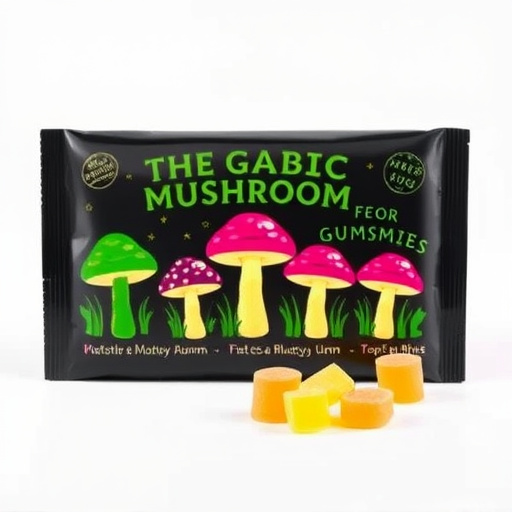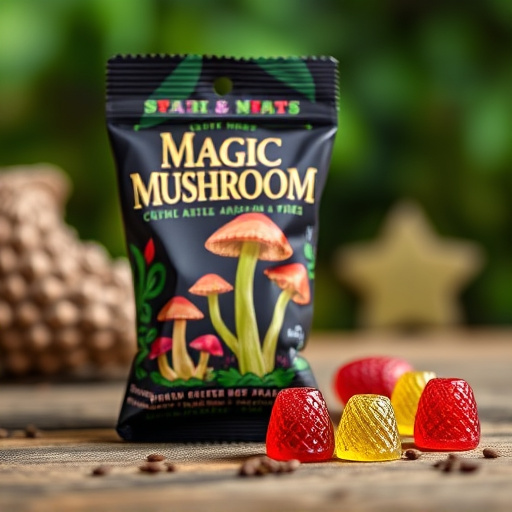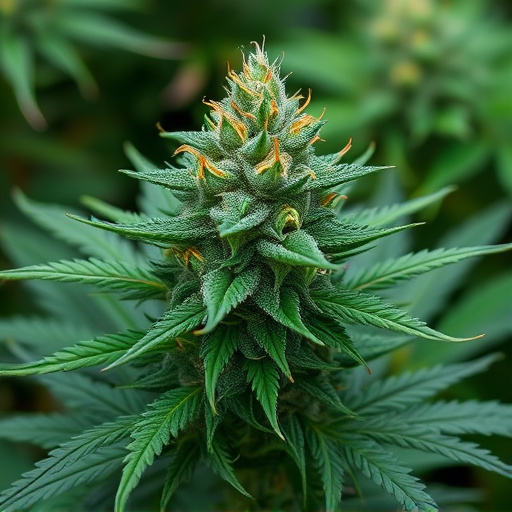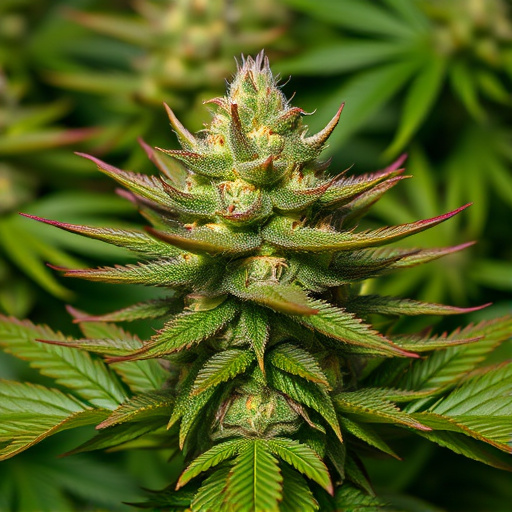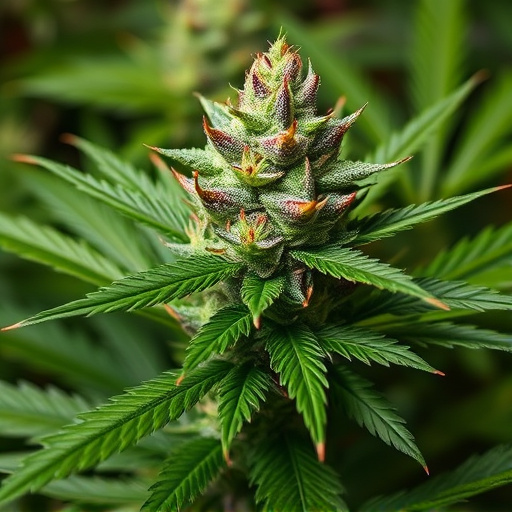Potency testing is vital for ensuring high-quality, safe, and consistent cannabis products. Using advanced tools like GC-MS and HPLC, cultivators analyze cannabinoid concentrations (especially THC and CBD) to accurately label and meet market demands. Interpreting test results helps consumers make informed choices by comparing cannabinoid levels with desired effects and personal tolerances, ultimately selecting the best potent cannabis strains for their needs.
Discover the secrets behind unlocking the full potential of your cannabis experience with our comprehensive guide. Learn how to check cannabis flower for potency, ensuring you consume the strongest and most effective strains. From understanding potency testing methods to interpreting results, we demystify the process. Explore different equipment and techniques used in analysis, helping you make informed decisions. Uncover the art of choosing potent cannabis strains that cater to your preferences, all while maintaining quality and safety.
- Understanding Cannabis Potency Testing
- Equipment and Methods for Analysis
- Interpreting Results and Choosing Strains
Understanding Cannabis Potency Testing
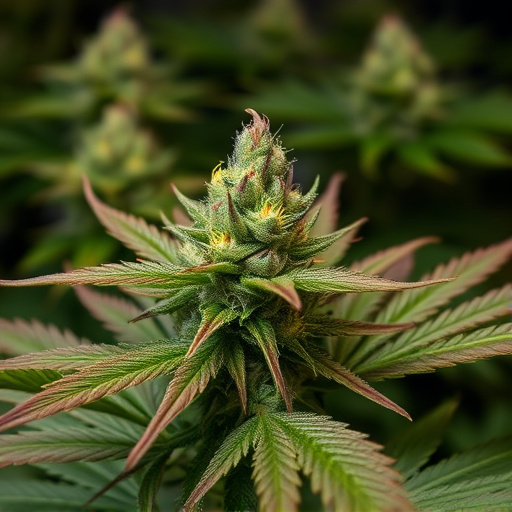
Understanding Cannabis Potency Testing is a crucial step in ensuring consumers gain access to high-quality, potent cannabis strains. This process involves meticulous analysis to determine the concentration of cannabinoids, particularly THC (Tetrahydrocannabinol) and CBD (Cannabidiol), which are responsible for the plant’s psychoactive and therapeutic effects.
Potency testing is vital as it guarantees safety and consistency in each batch, helping cultivators maintain quality standards. Advanced analytical techniques, such as gas chromatography-mass spectrometry (GC-MS), enable precise measurements, allowing producers to label products accurately and meet consumer expectations for potent cannabis strains.
Equipment and Methods for Analysis
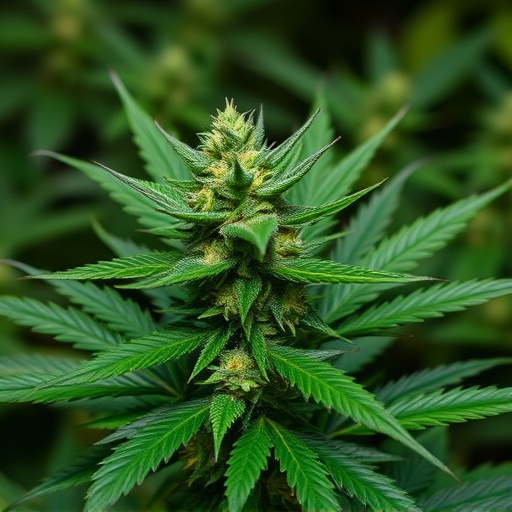
To accurately assess the potency of cannabis flowers, several pieces of specialized equipment and methods are employed. One common approach involves using a gas chromatography-mass spectrometry (GC-MS) analysis. This technique separates and identifies different compounds present in the plant matter, allowing for precise measurements of cannabinoid concentrations, such as THC and CBD levels. The process begins with grinding or slicing the cannabis flowers to ensure uniform extraction. A solvent is then used to extract these compounds from the plant material.
Another widely used method is high-performance liquid chromatography (HPLC), which also provides detailed information about the cannabinoid profile. HPLC analysis offers excellent sensitivity and precision, making it suitable for determining both potency and purity. Additionally, these advanced analytical techniques help identify any contaminants or residual solvents, ensuring that consumers receive the highest quality potent cannabis strains available on the market.
Interpreting Results and Choosing Strains
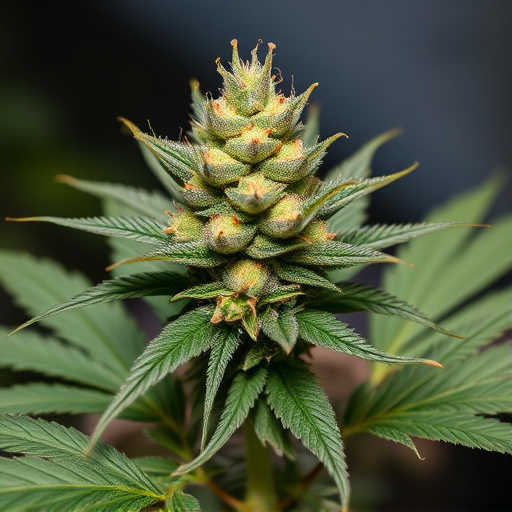
Interpreting your testing results is a crucial step in understanding which potent cannabis strains are right for you. High-quality tests will provide data on THC and CBD levels, along with other cannabinoids present. Compare these figures to recommended dosages and your personal tolerance to gauge the potential effects of each strain.
Knowing what you’re looking for—whether it’s relaxation, pain relief, or a specific type of high—will help guide your selection of potent cannabis strains. Research different varieties and their unique profiles to make an informed decision that aligns with your preferences and needs.
When seeking the most potent cannabis strains, understanding how to check flower potency is paramount. By familiarizing yourself with testing methods and interpreting results, you can make informed decisions about your consumption. Whether for medicinal or recreational purposes, ensuring the highest quality and desired effects through potency analysis is key. Equip yourself with knowledge and the right tools to navigate the world of potent cannabis strains confidently.





